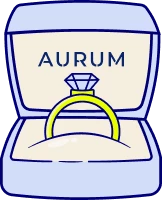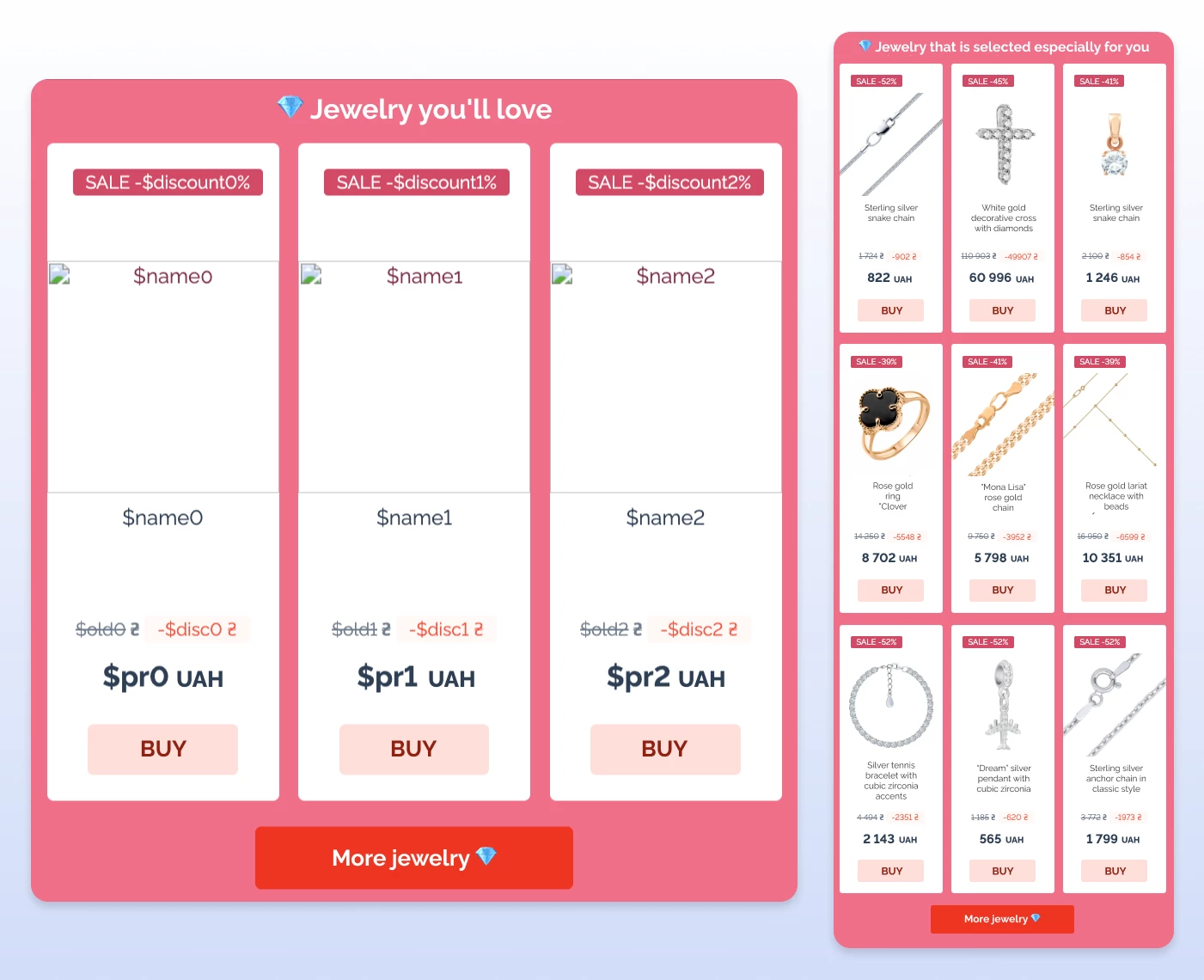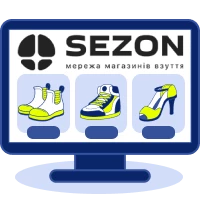31 July 2025
1097
11 min
5.00

AURUM Case Study: How Jewelry Brand Increased Average Order Value by 30% Through Email Personalization
|
Challenge |
|
| Solution | Add personalized product recommendations to mass email campaigns |
| Implementation period |
1 month |
| Resources |
|
| Results |
|
How can you make mass email campaigns appealing and truly personal without complex integrations or draining your team's resources?
AURUM found the answer when they decided to rethink their promo campaigns using product recommendations in Yespo. In this case study, we’ll share what exactly worked, how it was implemented, and the internal insights they discovered along the way.
About the Project
AURUM is a Ukrainian jewelry brand with over 25 years of history. The company operates in the mid and premium segments, runs 40+ offline stores across Ukraine, and is actively expanding its online sales.
The AURUM team is no stranger to marketing automation. They’ve been working with the Yespo platform since 2023, and their marketer has been using it since 2016.
Over this time, AURUM has implemented various communication channels, including email, web push, Viber, SMS, and App Inbox. They’ve built trigger-based workflows, tested different engagement formats, and gradually prepared for deeper personalization.
Challenge
To take their business to the next level and strengthen customer engagement, the brand set five key goals:
- enhance personalization;
- increase the number of orders generated through email campaigns;
- boost average order value;
- raise purchase frequency and overall LTV;
- make email content more valuable for users, which will increase engagement with the email channel.
Solution
AURUM decided to implement personalized product recommendations in their mass email campaigns. The main idea was to move away from generic product selections and make each email relevant to the individual recipient.
It was crucial that the recommendations were driven by user behavior and aligned with the brand’s current marketing objectives. This meant factoring in promotions, specific product categories, and seasonal priorities when generating the product feed.
Setting Up Recommendations in Emails
To launch product recommendations in promotional emails, the first step is to build a solid technical foundation. This includes:
- Installing and setting up a web tracking script to collect behavioral data such as product views, cart additions, and purchases.
- Uploading a product feed to provide the system with details about the assortment, including categories, brands, materials, and discounts. This enables the generation of recommendations based on up-to-date inventory.
- Creating a data source to allow selection of recommendation algorithms and the addition of custom rules.
After completing the technical setup, we moved on to building the recommendation logic. Products in the recommendation block were selected based on two key factors:
- user interests—what they viewed, purchased, or clicked on in previous emails;
- product attributes from the feed, such as category, material, type of gemstone, and discount level.
This approach made it possible to combine personalization with precise alignment to current marketing goals—for example, showing only discounted gold earrings with diamonds during a promotional campaign.
The AURUM team developed the recommendation logic in collaboration with a Yespo Customer Success Manager. The result was a ready-to-use module that could be easily integrated into any email template.
Worth Noting
During and after integration with the Yespo CDP, you’re never on your own. Support, account management, and expert guidance are all tailored to your business, its needs, project scope, and growth plans. We’re here to guide you, help out, and recommend the best solutions at every stage.

Anton Kondratyuk, AURUM marketer
“Thanks to our manager at Yespo, setting up blocks with recommendations took literally a few days. Data transfer via API was already set up, so all we had to do was add the types of fields we needed for the issue block to work properly”
At the same time, the AURUM team emphasizes that you can customize the recommendations yourself, following the instructions from the knowledge base. This is useful for those who want to flexibly change the logic or quickly launch new scenarios. And for more complex tasks, support is always available from Yespo specialists who will select the right algorithms and create everything on a turnkey basis.
Emails not converting? Try product recommendations
Integrating the Recommendation Block into the Email
Once the recommendation logic was set up, the AURUM team added the block to their promo email template. It was adaptive and automatically populated products for each user, based on their interests and the predefined filters.
More details on how recommendations work in the Yespo CDP can be found here.

Before launching, the team tested how the block displayed across different devices and user scenarios. After successful testing, they started sending promotional emails with personalized product recommendations.
Useful
If you want to quickly add product recommendations to your emails, you can use one of Yespo’s ready-made templates. They already include a pre-configured product card layout. All you need to do is adapt the styles to match your brand. And if you’re looking for something more custom, our team is here to help with layout and other technical aspects.
Now, marketers no longer need to rely on developers or manually create product selections for each campaign. They simply launch a new email, and the system automatically inserts relevant products based on user behavior.
This saves time and makes it easy to test different approaches—for example, comparing how promotions, new arrivals, bestsellers, or personalized selections perform.
Want to add product recommendations to your emails?
How Promotional Emails with Recommendations Were Sent
After setting up the recommendation block, the AURUM team began actively testing it in mass email campaigns. Their approach was hybrid:
1. Campaigns sent to the entire database. In these emails, the recommendation block was generated dynamically, based on the user’s previous views, purchases, and clicks. This allowed AURUM to make mass emails more relevant without advanced segmentation—quickly, easily, and automatically.

2. Campaigns for microsegments. At the same time, AURUM launched targeted campaigns for specific groups—for example, users who had shown interest in diamonds or a particular category (such as earrings or bracelets), or had made purchases during a specific period. This approach allowed the brand to respond more precisely to current customer interests and encourage repeat purchases.

Results

Anton Kondratyuk, AURUM marketer
“Product recommendations in our promo emails fully met our expectations. You could say we achieved all the goals we had set”
In just the first few months after launching product recommendations in mass campaigns, the AURUM team saw significant improvements in key performance metrics:
| Indicator | Previous | Now | Growth |
| CTR | 15-20% | 25-30% | +10% |
| Conversion rate from click to order | 0.8-1% | 2.5-3% | 2.5-3x |
| Retention rate | 27.7% | 78.5% | +184% |
In August, before launching recommendations, a single promo email generated just 3 orders. By November, after implementing personalization, 15 campaigns brought in 83 orders. But it wasn’t just about the number of emails sent—the format itself became more effective.
The recommendations boosted conversion rates and improved the quality of orders. The AURUM team noticed that higher-value jewelry pieces—made of white gold, with diamonds, or unique gemstones—started appearing more frequently in the recommendation blocks. As a result, these items received more clicks and orders.

Anton Kondratyuk, AURUM Marketer
“I can’t say there was a surge in demand for any specific product, but customers started choosing more expensive jewelry more often—for example, white gold pieces with diamonds or other valuable gold bracelets. I believe this is because the recommendation block features products that genuinely interest each individual user”
The average order value increased by 25–30%, and the effectiveness of retention channels—email, Viber, web push, App Inbox, and widgets—grew 2.5 to 3 times compared to the same months last year.
Want results like these?
Plans
After the initial success, the AURUM team decided to scale up their use of product recommendations. Their priorities include:
- Combined blocks in emails. Testing formats where a single email features personalized recommendations alongside new arrivals or selections with sets—for example, if a customer bought earrings, suggesting a matching ring from the same collection.
- Expanding to other channels. Plans to implement recommendations in web push notifications and App Inbox to maintain personalization beyond email.
- Automation through RFM segmentation. The team aims to set up email sequences based on RFM (Recency, Frequency, Monetary) segmentation to tailor communication according to customer activity, purchase frequency, and spending levels.
- Subscription form experiments. AURUM plans to start using Yespo’s widgets, including gamified options, to enhance user engagement.
Conclusion
AURUM demonstrated how personalized recommendations can significantly boost the performance of promotional emails. A simple solution with no need for complex integrations allowed them to quickly tailor content to customer behavior and achieve measurable results right away.
Your customers are waiting for personalized recommendations
Do you also want personalized recommendations to work for your business? Fill out the form below—we’ll show you how to tailor the setup to your goals and increase conversion rates, average order value, revenue, and the overall impact of every email you send.


